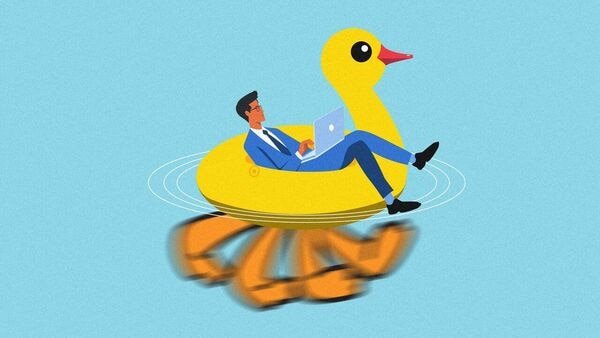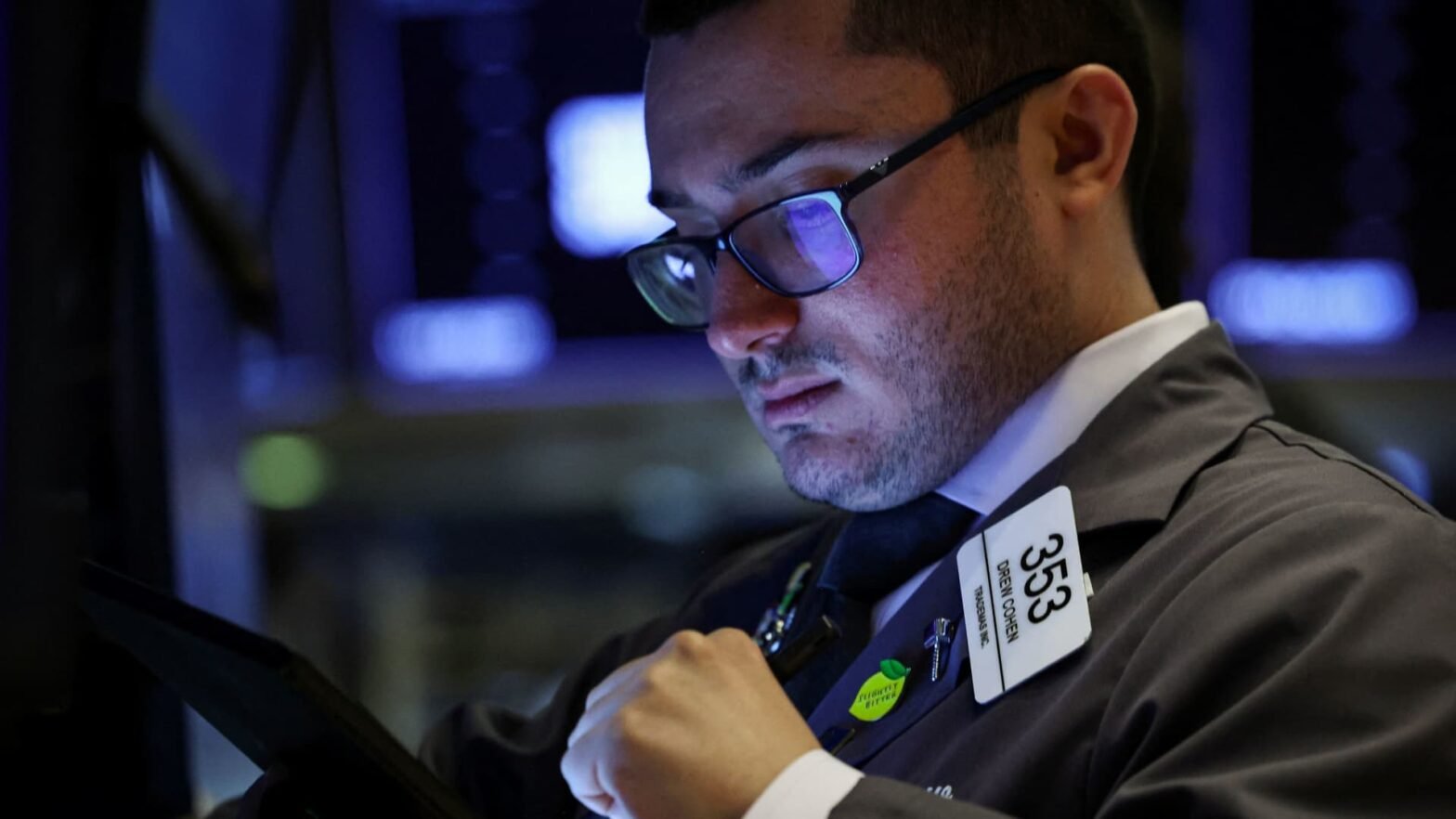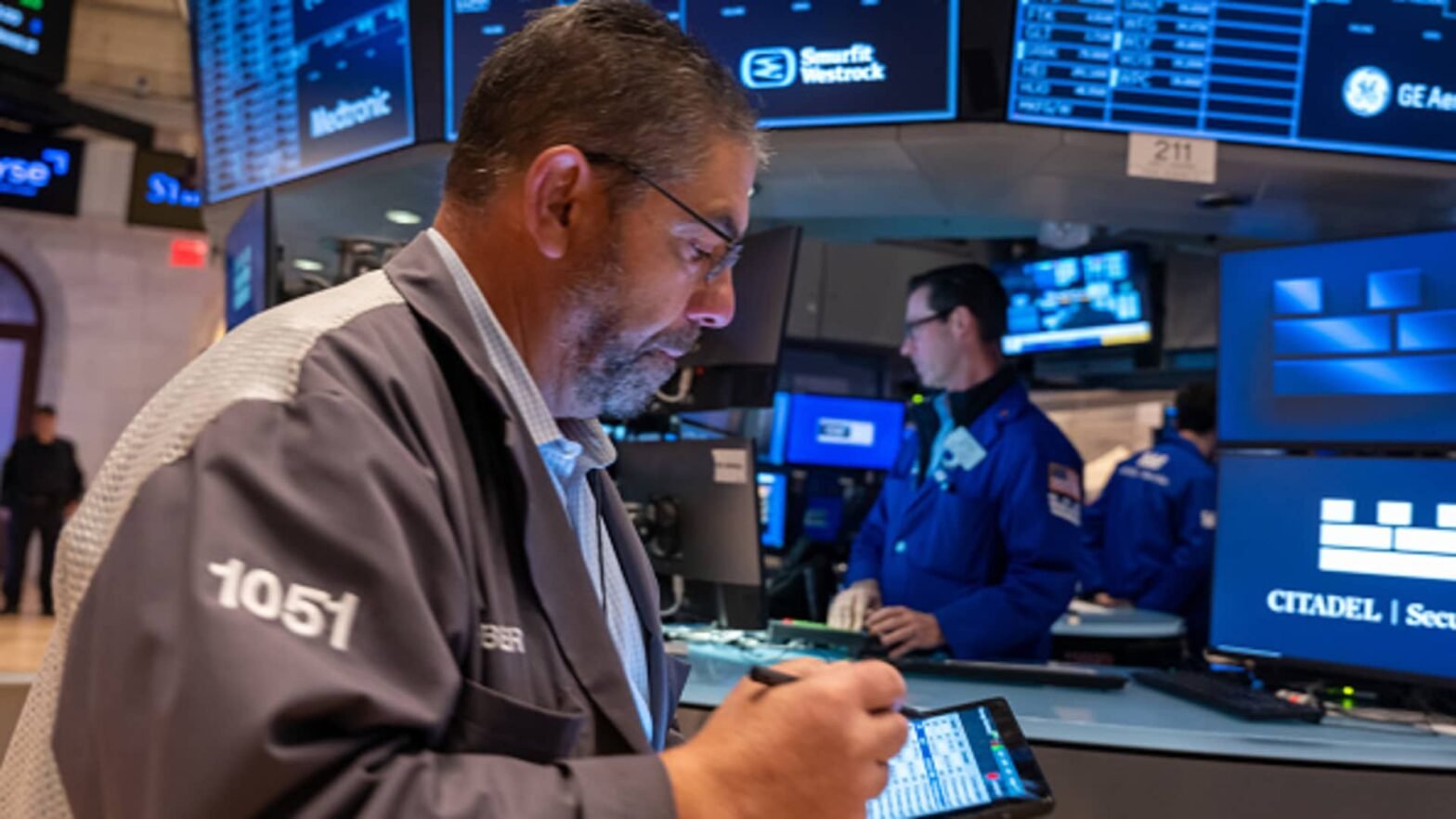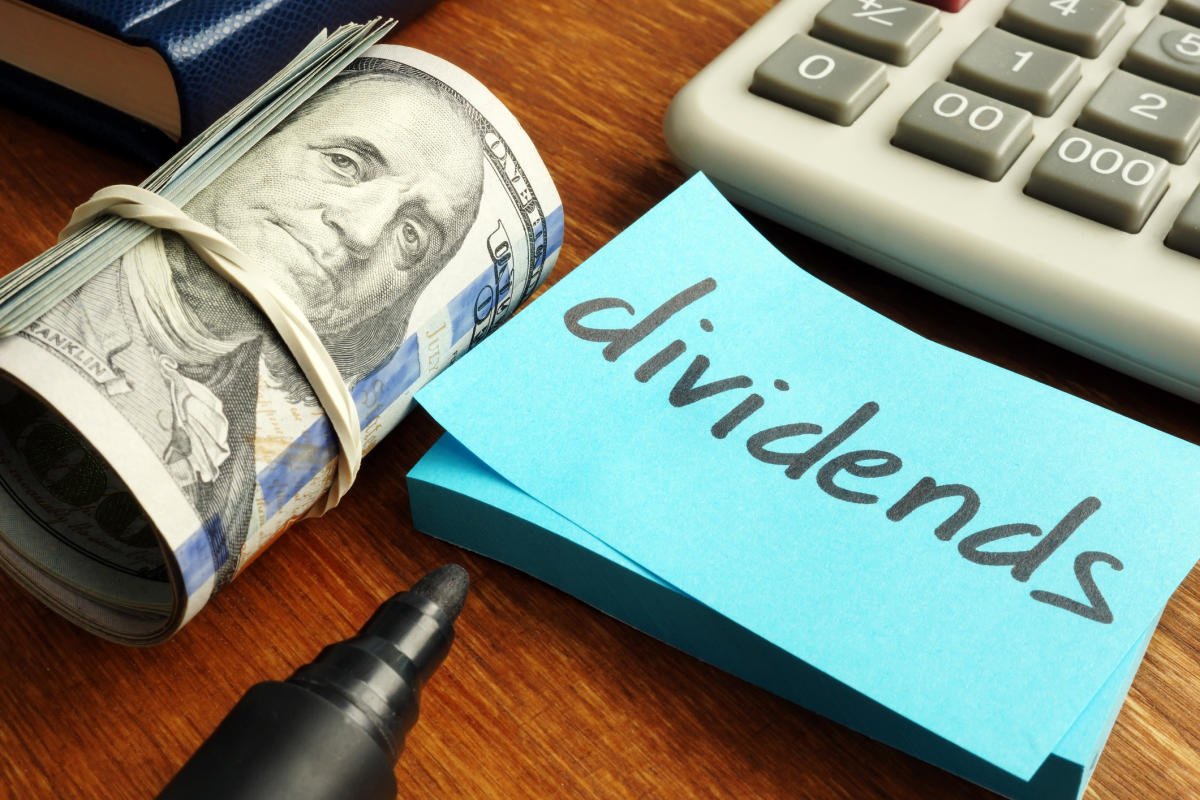James Mackintosh , The Wall Street Journal 4 min read 09 Jun 2024, 02:58 PM IST
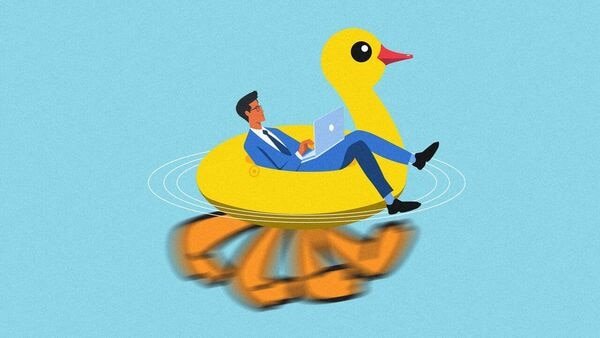
Summary
Only once in the past 25 years have individual stocks swung about so much while the overall market stayed placid.
It is easy to look at the piddling daily moves in the S&P 500 and think the market has been oh-so-boring recently. There hasn’t been a 2% move since February and the VIX gauge of expected volatility is only up a bit from the postpandemic low reached last month.
Under the calm surface, however, there is furious paddling. Only once in the past 25 years have stocks swung about like this while the overall market stayed so placid. Traders in the options markets are betting on its continuing: Prices indicate the biggest swings in stocks for at least 10 years relative to the prevailing calm for the S&P 500.
One way to think about this is that, at a high level, investors think not a lot is going on. But when they look at particular stocks, the impact of the two-speed economy and excitement about artificial intelligence matter hugely. The result is far more stocks with 10% swings in a day over the past three months than at almost any other time when the market can barely get above an average move of 0.5%.
Investors widely agree that the big bout of inflation is over, that the economy will be neither so hot nor so cold that the Federal Reserve will have to make major changes, and that wars in the Middle East and Ukraine are contained.
“Not only is [the consensus among investors] stronger than usual, what everyone’s talking about is things like, is inflation going to be 0.3% or 0.4%?” said Guy Miller, chief market strategist at Zurich Insurance.
Naturally, the S&P is serene.
At the same time, investors are trying to pick the winners and losers from higher-for-longer interest rates and AI. There are enough stocks that do well or badly from interest rates to move share prices around a lot, but they largely cancel out at the index level. This shows up in stock options that are priced for very low correlation between them—the lowest for the year ahead since at least 2006.
As for AI, the bet so far is about who the winners will be, with little evidence yet of who will lose. But hopes for AI have led to huge gains for the AI leaders, especially chip maker Nvidia, which has powered away from the rest of the market to become the second-biggest company by value. As a result, even when stocks are up, some are up far more than others.
This leads to a high level of what traders call dispersion, a measure of how much individual stocks move versus each other.
The implied dispersion of stocks within the S&P over the next 30 days is at its highest since data began in 2014 compared with the VIX, according to Cboe’s dispersion index. Stocks have moved around far more in the past, but only because the market as a whole was moving around more.
This shows up particularly in huge reactions to corporate results, even without including the silliness of the meme-stock jumps (GameStop and the like aren’t in the S&P).
Some of the most recent notable moves: Software group Salesforce plunged 20% and HP soared 17% on the same day at the end of last month, and Hewlett Packard Enterprise, a spinout from HP, jumped 11% last week. Earnings season ought to deliver news, but usually moves like these happen alongside larger day-to-day moves in markets. Not this year.
“There’s a sense in which the balance of risk in U.S. equities has really changed,” says Tim Edwards, head of index investment strategy at S&P Dow Jones Indices. “It’s not so much about market risk any more, and there’s a lot more idiosyncratic risk.”
This ought to be a great environment for good stock pickers. Active fund managers make this claim almost every year, and are almost always wrong. But when individual stocks move a lot and the index doesn’t, it is actually true that there are bigger rewards for those who get it right.
The flip side is that it reveals the main flaw of stock picking: Half those who try will fail and—in this market—underperform even more than usual. Stock pickers also tend to avoid the biggest stocks, which has hurt this year.
A risk some worry about is that index volatility might be suppressed by a mix of excessive optimism and structured products. In early 2018, such a combination ended with “Volmageddon,” a spike in the VIX that destroyed the most extreme of the structures and tanked the market.
I’m not particularly concerned about a repeat soon, as the VIX back then was much lower, individual stocks were moving more closely together and even 1% moves in the market had become rare. The longest stretch this year without a 1% move in the S&P was 15 trading days, while Volmageddon ended a 93-day stretch of tranquility.
The bigger risk I see is that investors get too comfortable with the idea that there are no imminent threats. It means any surprise—whether on the economy, the AI theme, the Fed or geopolitics—will hit hard.
Sure, trade those individual stocks, but don’t get complacent about the big dangers out there.
Write to James Mackintosh at james.mackintosh@wsj.com
Catch all the Business News, Market News, Breaking News Events and Latest News Updates on Live Mint. Download The Mint News App to get Daily Market Updates.

